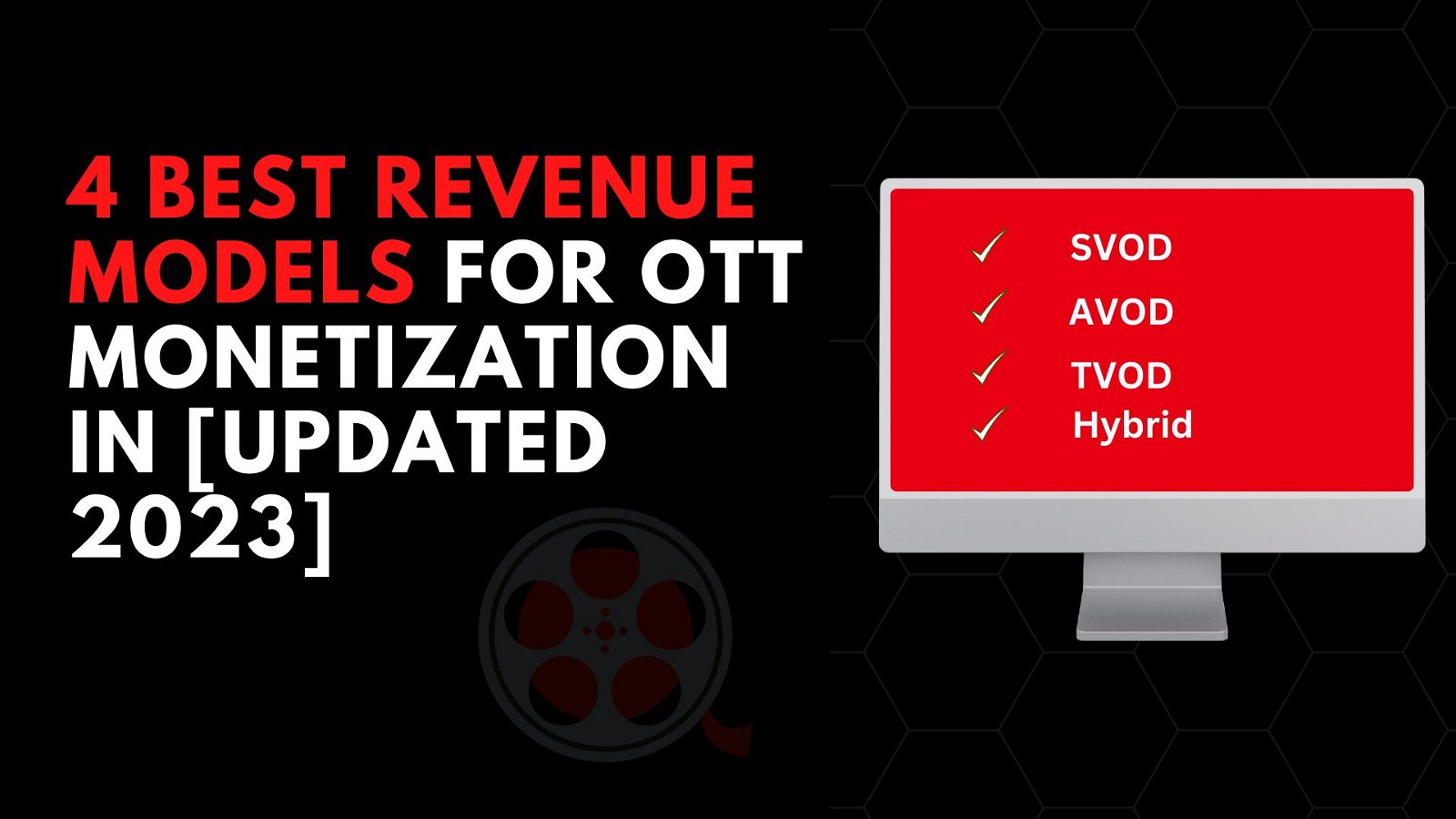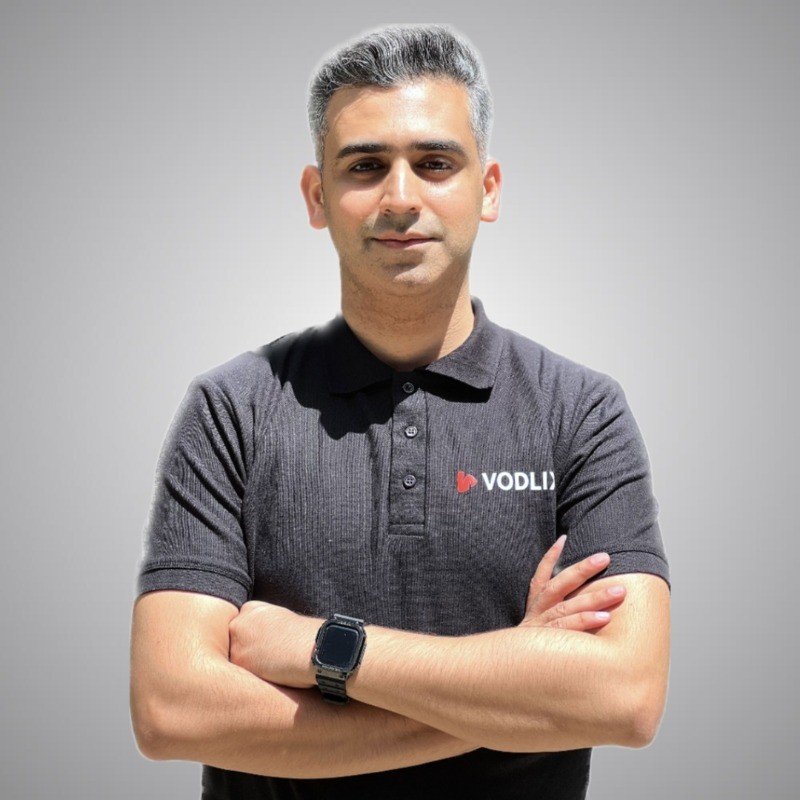Transactional Video on Demand (TVOD) is the model where viewers pay for access to specific content. This model is suited for viewers who want an advertisement-free experience and do not want access to the entire library of video content. This monetization model is ideal for extended content like some sporting events or special videos. Nowadays, YouTube is also offering offers a zero-advertisement-free experience at a certain subscription fee.
The entertainment industry has been revolutionized a lot over the last decade. It is rapidly growing, and we have seen an upward trend and the fastest adoption of people enjoying technology and consuming entertainment. People prefer to purchase a subscription and watch videos online. They are spending more time on games, surfing the web, watching videos online, and engaging with social media across a range of devices such as smartphones, tablets, game consoles, PCs, and smart TVs instead of watching television.
Hence, the shift in monetization models and subscriptions is happening across all industries, but it is happening faster in media and entertainment than in others. Modern consumers’ expectations and preferences have changed they want to purchase content directly on the internet and have most of the products and services.
The productized practice of streaming content to customers directly over the web is termed Over-the-Top (OTT). In OTT channels, content is delivered via an internet connection instead of through a traditional cable/broadcast provider or on the air. It epitomizes the future of entertainment — one that is already unfolding. OTT video subscriptions depict a new business model built around ongoing customer relationships for telecom, cable, media, and content businesses. It allows them to take advantage of modern IP-based technology to interact and connect more directly and regularly with consumers – anywhere, anytime, and on any device.
The industry mainly relies on advertising for its core revenue for a long time. However, there are various subscription models that companies are now experiencing eccentricity vagaries of a cyclical advertising market and realized their viewers were going to be their most important revenue source. In this changing media landscape, the development and progress of one strategy and model are outperforming the rest so the digital shift to multiscreen OTT video subscriptions is enabled and activated.
In the current era, OTT Video Streaming platforms primarily opt for four main types of models. The most common and popular among these models are Video-on-demand or VOD. It allows viewers to watch the movie or video of their choice with their ease. Following are the four popular OTT monetization models based on VOD.
This model is the most popular and opted among OTT service providers. The viewer can access the platform at a certain fee by opting for the SVOD model. This subscription fee may be charged on a yearly, monthly, weekly, or daily basis. This OVER THE TOP monetization model provides an unlimited viewing experience to users. They can view any content on the platform until the subscription lasts.
The SVOD monetization model is widely known and has been popularized by Netflix. Netflix opted SVOD model for promoting syndicating content through their website. Today, Netflix also offers its original content along with syndicating content.
Advertising Video on Demand (AVOD) is a freemium model which means that it is a free OTT monetization model. AVOD model earns through advertisement by indulging time and the internet of the viewers. A variety of advertisements, sponsored content, as well as commercials with free content, are opting for the AVOD model. The most popular examples of the AVOD model are YouTube, Facebook, Vimeo, Instagram, AOL On, and FilmOnX, etc. These platforms are taking maximum advantage and have capitalized on this model.
Transactional Video on Demand (TVOD) is the model where viewers pay for access to specific content. This model is suited for viewers who want an advertisement-free experience and do not want access to the entire library of video content. This monetization model is ideal for extended content like some sporting events or special videos. Nowadays, YouTube is also offering offers a zero-advertisement-free experience at a certain subscription fee.
The hybrid model is the combination of any two OTT Revenue models described above. For instance, a viewer subscribes to a platform for free and gets access to a library of free videos. Like the AVOD model, here the content may be interspersed with advertisements. However, some videos on the platform may be accessible after a subscription. This subscription fee may be charged as per pay-per-view or an SVOD model. The OTT Video Streaming platforms offer a big library of free videos comprising syndicating content. However, its original content and premium syndicating content are accessible only after payment. YouTube is opting for a Hybrid Model.
OTT Revenue Models help drive revenue in multiple ways and folds. It builds subscription revenue, grows your online entertainment business, and reduces customer churn with Over Top Video Monetization Services. The OTT monetization model has multiple benefits that need to align with the objectives and goals of your business. Whether you choose to use ads, subscriptions, transactions, or a combination of the three, make sure that it’s the right fit for your audience. There are primarily three factors that help you determine the right model for your business:
The Content Offered
The Target Audience/Group
Business Strategy
You have to be very particular while choosing the revenue model for your OTT platform so that it maximizes your recurring revenue by improving customers’ experience. Vodlix is your trusted and experienced OTT Video solutions provider that develops tailored technology and business solutions for its OTT clients.



.png)



